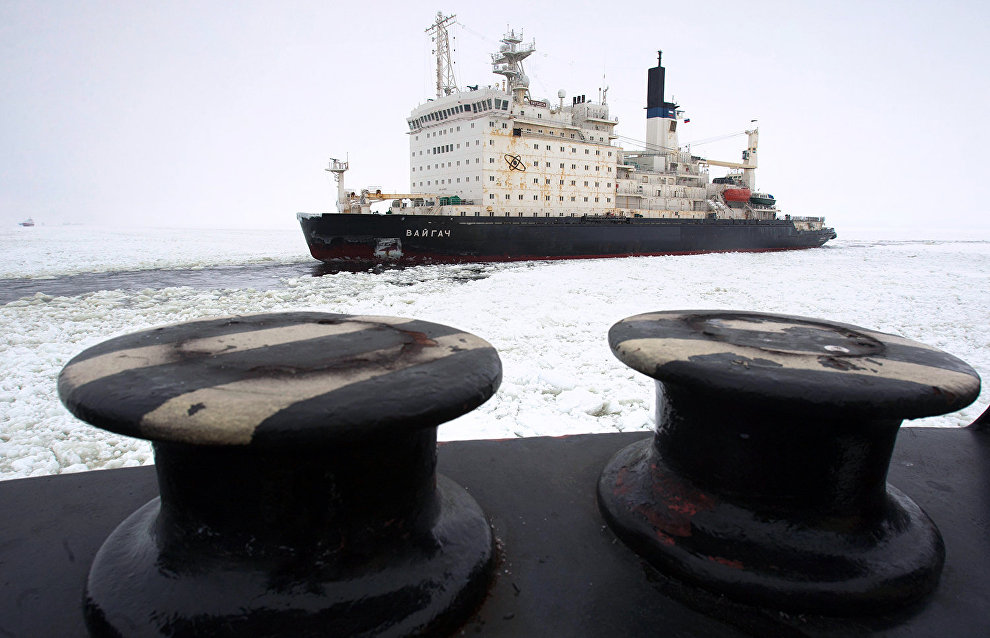Rosatom considers extending service life of active nuclear icebreakers
Russian nuclear industry experts will study the feasibility of extending the service life of three Russian nuclear icebreakers currently in use — the Yamal, Taimyr and Vaigach — to up to 36 years, according to Rosatom's purchasing website.
This work, commissioned by Atomflot, will be carried out by Rosatom's OKBM Afrikantov (Experimental Machine-Building Design Bureau). According to the project specification, positive results will allow for prolonging the assigned operation time (service life) of the Yamal's reactor up to 200,000 hours, and its service life up to 36 years, while extending the reactors of the icebreakers Taimyr and Vaigach up to 235,000 hours and their service life up to 36 years. Doing so would keep the Arctic sea transportation system operating until the Russian nuclear icebreaker fleet is renewed.
The reactor unit is the main factor that determines the nuclear icebreakers' service life. OKBM Afrikantov's experts will have to carry out a comprehensive check of the reactor systems and equipment among other things, develop methods to determine and validate the remaining operation time of these systems, and draw up programs to prepare the reactors for the required service life extension. In addition, they will have to conduct a study on the feasibility of prolonging the service life of the Taimyr and Vaigach up to 40 years.
The work should result in a decision on whether to prolong the service life of the three nuclear icebreakers. All the work must be completed by the end of 2020.
The Taimyr and Vaigach are Project 10580 Taimyr shallow-draught nuclear icebreakers built for vessels traveling along the Northern Sea Route and calling in Siberian rivers. The Taimyr came into service in June 1989 and the Vaigach in July 1990. The Taimyr and Vaigach use 50,000 horsepower each.
Last year, Rosatomflot completed scheduled work to extend the service life of reactors aboard the icebreakers Vaigach and Taimyr up to 200,000 hours, which will enable the icebreakers to operate for five more years.
The Yamal is an Arktika class icebreaker that was launched in October 1992. It is one of the two most powerful nuclear icebreakers that are currently in use (together with the 50 Let Pobedy icebreaker). The Yamal generates 75,000 horsepower to break even very thick ice. If necessary it can transform into an auxiliary destroyer.
The Baltic Shipyard in St. Petersburg is building three new, more powerful Russian Project 22220 icebreakers. The main Arktika icebreaker and the first serial Sibir icebreaker were floated out earlier, while the Ural second serial icebreaker is still on the stocks. The Arktika is to enter into service in the middle of 2019, the Sibir in November 2020 and the Ural in November 2021.
